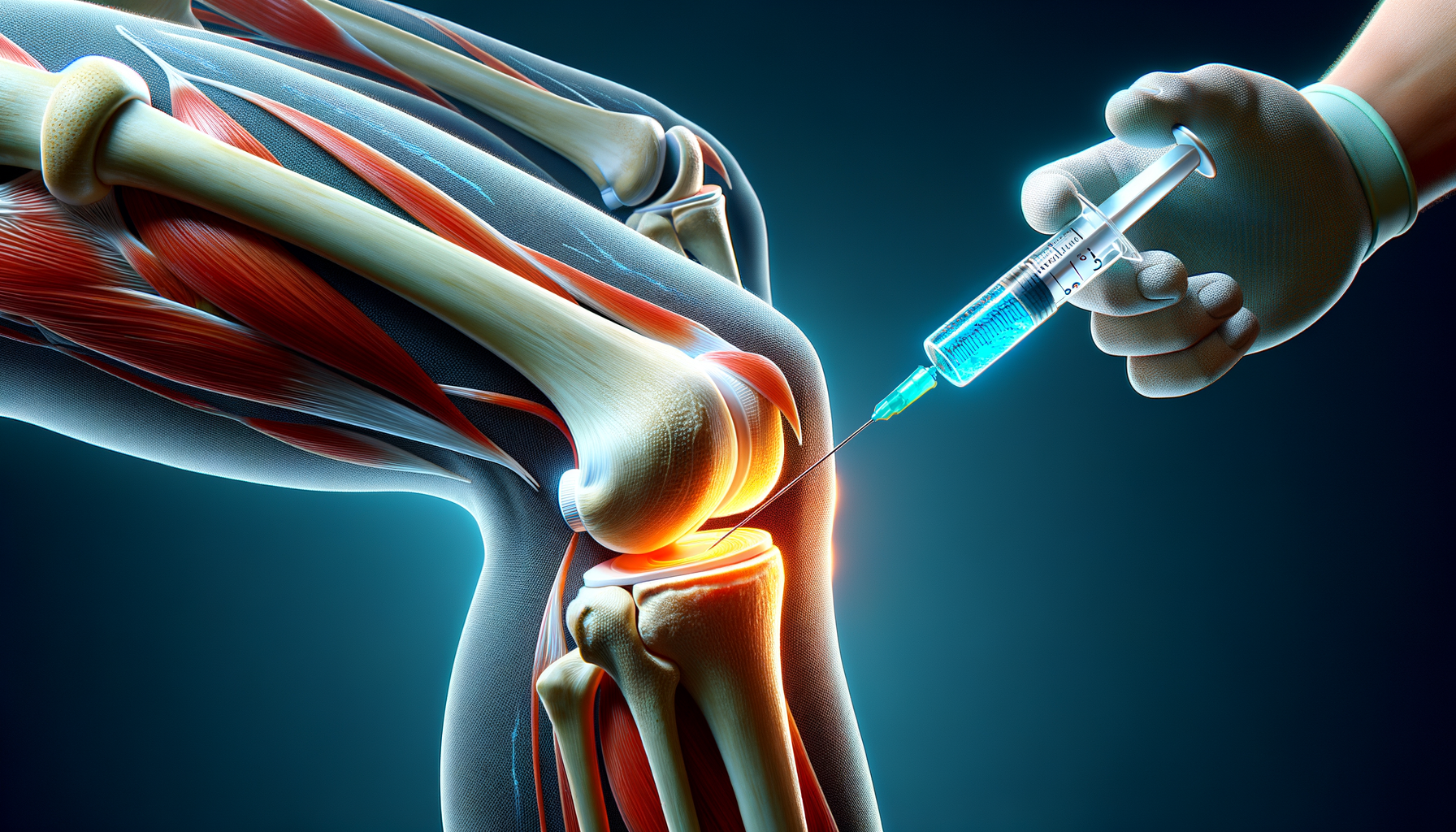
Knee Pain Relief in Australia: What You Need to Know
Understanding Knee Gel Injections
Knee gel injections, also known as viscosupplementation, offer a promising solution for individuals seeking relief from knee pain, particularly those suffering from osteoarthritis. This treatment involves injecting hyaluronic acid, a naturally occurring substance in the joints, directly into the knee. The primary aim is to improve the lubrication and cushioning of the joint, thereby reducing pain and enhancing mobility.
Hyaluronic acid acts as a lubricant and shock absorber in healthy joints, but its concentration decreases in osteoarthritic knees. By replenishing this vital component, gel injections can help restore the joint’s natural function. The procedure is relatively quick, often completed in about 20 minutes, and is minimally invasive compared to surgical alternatives.
Patients typically experience varying degrees of relief, with some noticing improvements within days, while others may take several weeks. The effects can last from several months to over a year, depending on individual factors such as the severity of the arthritis and the patient’s activity level. This makes knee gel injections a viable option for those looking to delay or avoid surgery.
Comparing Knee Gel Injections to Other Treatments
When considering knee pain management, it’s crucial to weigh the benefits and limitations of different treatments. Knee gel injections stand out due to their non-invasive nature and potential to provide long-lasting relief. However, they are not the only option available for knee pain sufferers.
Other common treatments include oral medications like nonsteroidal anti-inflammatory drugs (NSAIDs), physical therapy, and corticosteroid injections. Each of these has its place in a comprehensive treatment plan, but they come with their own sets of pros and cons. For instance, while NSAIDs can effectively reduce inflammation and pain, they may cause gastrointestinal issues with prolonged use. Corticosteroid injections can provide quick relief but might lead to cartilage damage over time if used repeatedly.
In contrast, knee gel injections offer a more targeted approach with fewer systemic side effects. They are particularly beneficial for patients who have not responded well to other treatments or who are looking to avoid the potential side effects of systemic medications. However, it’s important to note that not all patients are suitable candidates for gel injections, and a thorough evaluation by a healthcare professional is essential.
Cost and Accessibility of Knee Gel Injections in Australia
The cost and accessibility of knee gel injections can vary significantly across Australia. Factors such as the type of hyaluronic acid used, the number of injections required, and the healthcare provider’s fees all contribute to the overall expense. On average, patients can expect to pay several hundred dollars per injection, with a typical treatment course requiring three to five injections.
Despite the cost, many patients find the investment worthwhile due to the potential for significant pain relief and improved quality of life. Additionally, some private health insurance plans may cover a portion of the cost, making it more affordable for those with coverage. It’s advisable for patients to check with their insurance providers to understand their specific benefits.
Accessibility is another important consideration. While major cities often have multiple clinics offering this treatment, those in rural or remote areas may face challenges in finding a qualified provider. Telehealth consultations can help bridge this gap by allowing patients to discuss their options with specialists and receive guidance on the most appropriate treatment plan.
Overall, knee gel injections present a viable option for many Australians seeking relief from knee pain, offering a balance between effectiveness, safety, and accessibility.


